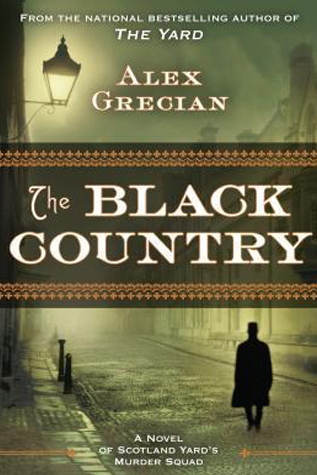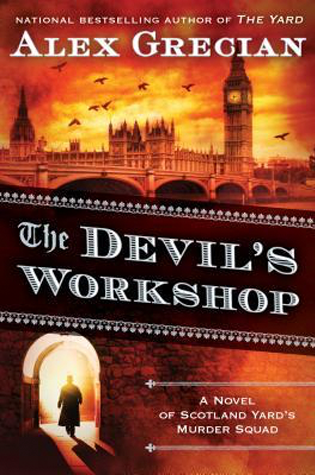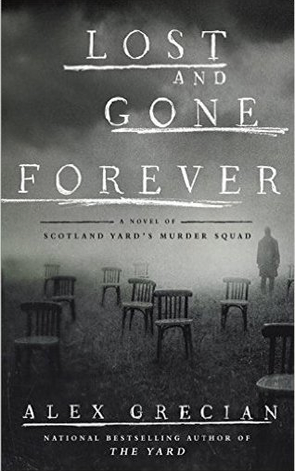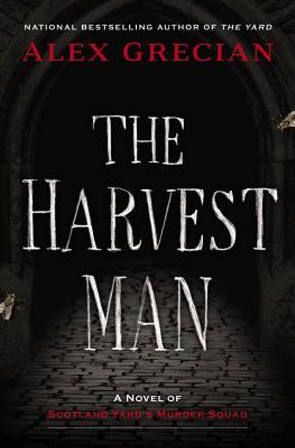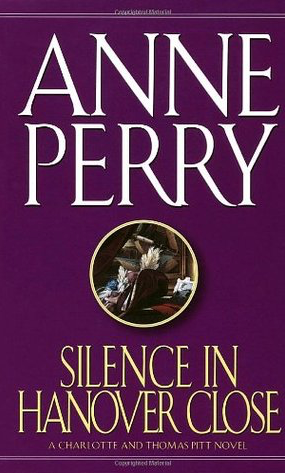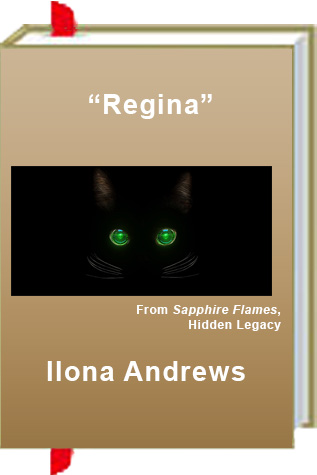I received this book for free from the library in exchange for an honest review. This does not affect my opinion of the book or the content of my review.
Source: the library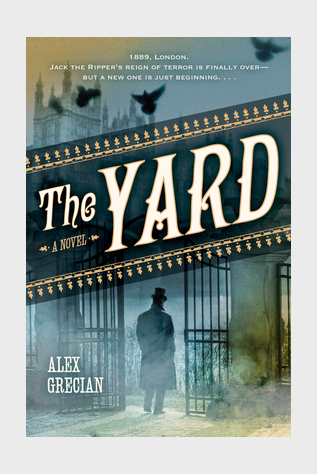
The Yard
by
Alex Grecian
forensic mystery, historical mystery in a hardcover edition that was published by Thorndike Press on May 29, 2012 and has 422 pages.
Explore it on Goodreads or Amazon
Other books by this author which I have reviewed include The Black Country, The Devil's Workshop, The Harvest Man, Lost and Gone Forever
First in the Scotland Yard’s Murder Squad forensic historical mystery series starting in 1889 and revolving around the new inspector, Walter Day.
My Take
Grecian uses a third person global subjective point-of-view which allows the reader to hear and feel what any character is experiencing in this introduction to the series. Yep, Grecian is laying the foundation for The Yard’s evolution and establishing the background of the series characters.
There’s plenty of action, even if it can be confusing, and Grecian sets the scene and the time period quite well. The simplistic writing was a bit of a turn-off, but the lure of forensic history and The Yard sucked me into this “breaking-in” of The Yard’s new Murder Squad and all these new ideas for policemen and in forensics: pensions, focussing only on murder, fingerprints, using height and other physical characteristics, officially hiring a forensics examiner…to the theory that Jack the Ripper broadened people’s minds, encouraging those serial killer desires.
It’s a reasonable theory, and Grecian tickles the brain with the hideous train of thought in the mind of the primary criminal in The Yard. Scarily, it has quite the modern touch, feeling as though I’m hearing the thoughts of a contemporary serial killer. Ewww.
I’m always fascinated by history and forensics and getting this bird’s eye view of one author’s idea of how forensics developed at The Yard and why the Murder Squad was set up was intriguing. Okay, so it was a little too easy for Sir Edward to set them up, but I can always use a book that doesn’t terrify me *grin*. Sir Edward is definitely not the typical “novel” boss, as he prefers to err on the side of good. It may not be as inciting, but it certainly is a treat. Now, that Tiffany, his attitude about crime or women was not acceptable, even though I know he is a product of his times.
I do like Hammersmith. He’s a practical young man with a compassionate heart. As for Day, our hero, I’d like him better if he weren’t so obsessed with not being good enough. I suppose that will be his character arc, gaining confidence in himself and his wife. She’s one I’m liking. That Claire is willing to swim against the cultural tide and knows what’s important. She reminds me a bit of Charlotte Pitt in Anne Perry’s Charlotte and Thomas Pitt series.
Some of my niggles circle around those bits Grecian wasn’t clear on, from the odd dream Hammersmith has about the Ripper’s victims: Annie Chapman, Elizabeth Stride, Elizabeth Jackson, Catherine Eddowes, Mary Kelly, Mary Ann Nichols, and little Johnny Gill. The whole Shaw incident from why the doctor appears to be in cahoots with the sweep, what’s happening in his marriage, and why his wife seems to be a nutjob has me curious. Dr Kingsley sending his daughter off as he does, sure the doctor is unusual for his time period, but his daughter playing nursemaid doesn’t feel right.
Hmm, there’s bit about the Bryant and May matchstick factory. I wonder if that’s where Fowler got the name for his series?
It is an interesting set of struggles in The Yard with some of the inspectors interested in “important” victims while other coppers think every death is a problem. It’ll be interesting to see how matters progress with the Murder Squad in The Black Country.
The Story
Scotland Yard failed to catch Jack the Ripper, and all of London is filled with contempt. It’s obvious that the Yard must change, and that twelve-man Murder Squad with inspectors devoted to murder, and only murder, is a necessity.
When one of their own is murdered, it falls to the new man, an unknown up from Devon, with his first murder case, his first case ever as an inspector. The pressure is on and Day, fortunately, teams up inadvertently with Dr. Kingsley and his radical ideas.
The Characters
Detective Inspector Walter Day, the son of a valet, is new on the job, fresh in from Devon and wondering if he’s the right man — even if he was recommended by “the legendary Inspector Adrian March“. Claire Carlyle is his wife whose parents bought them their house in Kentish Town. Mrs Phillipa Dick is the bitchy housekeeper who comes by during the day.
Dr Bernard Kingsley has pushed himself onto the Yard as a forensic examiner, and although he isn’t officially part of the Yard, he is highly respected for his expertise. Fiona is his artistic daughter who draws the bodies and wounds for him. His wife, Catherine, died; another daughter, Beatrice, is away at school. Even if he doesn’t like him, Kingsley can appreciate the strides Alphonse Bertillon is making in the scientific identification of the criminal class. Henry Faulds, a missionary newly returned from the Orient, has this idea about fingerprints.
Scotland Yard is but a part of…
…the Metropolitan Police Force. Inspector Christian Little wasn’t missed until he was found. Colonel Sir Edward Bradford is the new commissioner of the Force. Michael Blacker, Patrick Gilchrist seems to be a ghost, Oliver Boring, Tom Wiggins, Crockett O’Donnell, Jimmy Tiffany, Alan Whiteside, Waldo George, Waverly Brown, and Ellery Cox were all handpicked for the Murder Squad.
Sergeant Kett is one of the middlemen in the police force, liaising between constables and inspectors. Inspector Gerard wasn’t tapped for the Murder Squad, but he is good. Inspector Bentley doesn’t exist, as threatening as he is. The bobbies are constables who deal with the day-to-day offenses and walk a beat. The fastidious Colin Pringle and Nevil Hammersmith, are roommates with Mrs Flanders as their landlady. Maggie is the young lady with whom Pringle is walking out. Jonny walks a beat near Dr Shaw’s home.
From a large family, Nevil was five years old when he started working the ventilating shafts at the coal mine; the six-year-old Alice, a friend, was moving up. His uncle George ran off to the navy. The Widow Little has it hard. Gregory is the son who must look after her mentally handicapped Anthony.
Dr Brindle is at St Thomas’ Hospital, caring for Nevil’s father. Dr Herbert Entwhistle is the man Mrs Dick prefers. Blackleg is a thief, an area diver who breaks into homes through below-ground-level quarters. The dancing man is actually Henry Mayhew; he and his brother, Frank, used to work at the Charing Cross morgue until the kind Henry went mad.
Dr Charles and Penelope Shaw and their son Bradley were on a short vacation. Elizabeth is a maid? governess? Sam Pizer is the chimney sweep.
Fennimore “Fenn” Hubbard is seven years old and was reported as missing. Mattie is his mother; Harriet Smith and Robert Harrison are two of the children who live on Fenn’s block.
Geoffrey Cinderhouse is the official tailor for the Met’s uniforms. He prefers the old traditional ways, unless he decides a modern idea is better, like indoor plumbing. Thomas is one of Kingsley’s “patients”. Liza and Esme, who narrowly escaped being a victim of the Ripper, are whores. French Upholstery and Fine Furniture is owned by Frederick French. Big Pete owns a tavern and puts his family to work. John Robinson had his beard shaved off. Percy Erwood is the man Claire was supposed to have married. Mr Rex Sanders is pretending to be a stable hand. Hobgate is one of the worst workhouses, one step up from the asylum.
The Cover and Title
The cover is predominantly blue-gray and black, a tall dark figure in overcoat and top hat is walking through the tall black iron gates into a weedy yard. In the upper left are elaborate stone towers with ravens taking wing, all viewed through a hazy fog. A black banner angles up from left to right through the middle of the cover with the title in white and outlined in gold with a gold picot-style trim just inside the borders. A testimonial is at the top with the author’s name at the bottom left and both are in white.
The title is the focus, for The Yard is changing with the times.

